BY TAYLOR HOLLAND
Migration is at the heart of the human experience. We know that throughout history, people have undertaken significant migrations that have shaped the world we now live in: journeys made in hope and exploration, as well as journeys made by force or as a last resort. Today, around the world, migration continues in its myriad forms, but the resistance many migrants encounter on arrival in a new place continues as well. The Belonging Project was created as an effort to shift public perception of migrant communities in Northern Ireland and generate opportunities for connection and acceptance amongst locals. While tensions between locals and migrants may arise for a variety of reasons, too often it is simply a lack of familiarity which gives rise to problematic stereotypes and misunderstanding between groups.
As Belonging’s first project coordinator, I witnessed its growth from three trial profiles to a collection of powerful stories, ready to take off as a traveling exhibition around the country. For Belonging’s early photo shoots, the staff reached out to our own networks, including many of the people who worked at or were affiliated with Migrant Centre NI (then the Belfast Migrant Centre). Once we had streamlined the photo shoot and interview process, we began working with community groups, including Women of the World in Fermanagh and the Belfast Friendship Club. We also reached out to English language courses at the University of Ulster and scheduled photo shoots during the classes. To generate further visibility around Belonging, we decided to give a preview exhibition of four portraits and their corresponding interviews during Northern Ireland Human Rights Week in December of 2013.
“Looking back, the success of Belonging has come as less of a surprise and more of a reassuring affirmation of the human capacity for connection and empathy.”
The preview exhibition connected Belonging to representatives from Libraries NI, who suggested a partnering to bring the exhibition to libraries around the region. Because libraries are spaces people naturally approach with open and curious minds, the partnership was an excellent fit. My tenure with Belonging ended just before the travelling exhibition began, but I did have the good fortune to return to Northern Ireland six months later and see the launch of Belonging at the Derry/Londonderry library. I was thrilled when I later heard the project would visit the Long Gallery at Stormont and the Belfast City Hall.
Looking back, the success of Belonging has come as less of a surprise and more of a reassuring affirmation of the human capacity for connection and empathy. At a time of heightened movement and desperation amongst international migrants, Belonging offers a heartening perspective on how migration can contribute to the formation of a society that is better because of its changes, not in spite of them. Belonging reminds us that our shared humanity actually lies in the rich diversity of our experiences, and that through embracing and exploring our differences, we can begin to find common ground.
